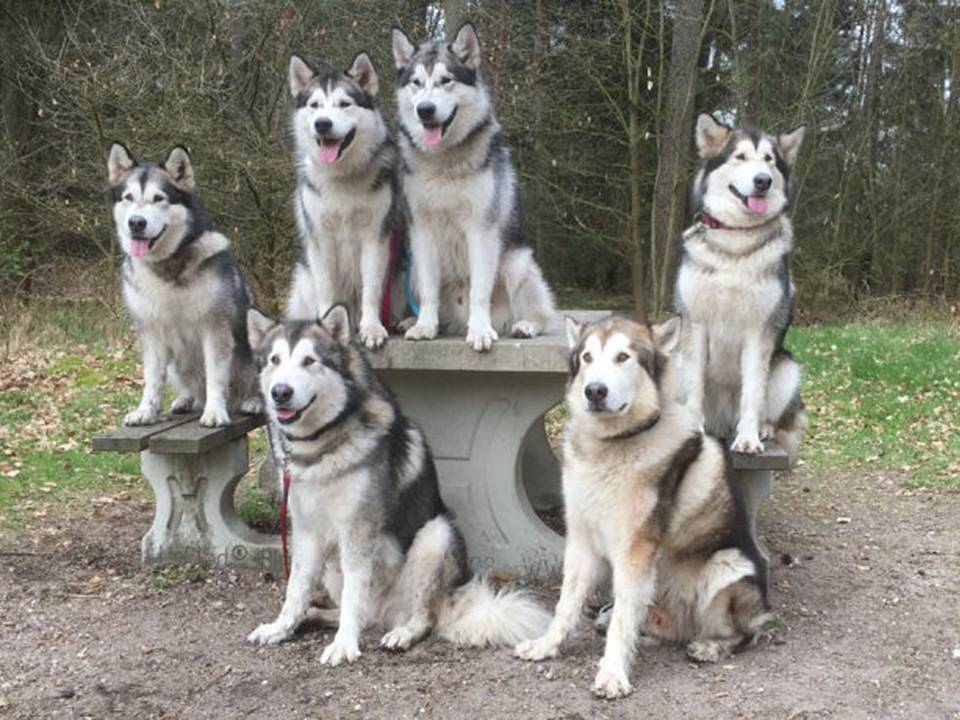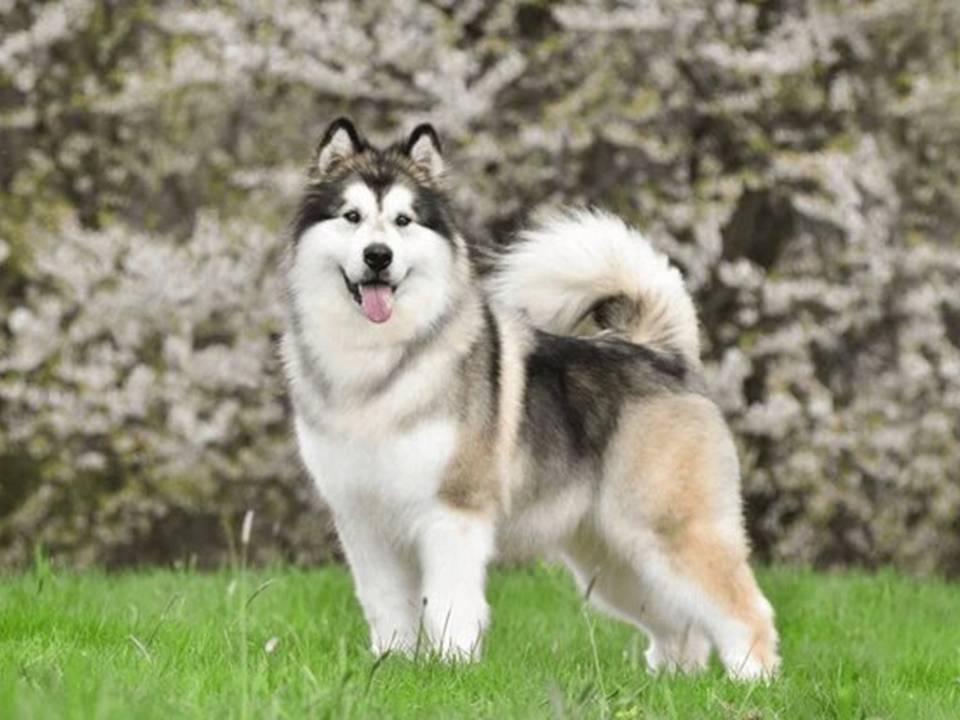Known for its Wolf-like Appearance and Distinguished by its Large Size
The Alaskan Malamute is one of the oldest Arctic sled dog breeds. People admire it for its strength and friendly nature. This breed has a wolf-like appearance, a large size, a powerful build, and a thick coat. Its history goes back thousands of years. To understand its origins and significance, we must explore its ties to Alaska’s indigenous peoples, its role in human survival and exploration, and how it has evolved over time.
Ancient Origins and Ties to Native Alaskans
The Alaskan Malamute gets its name from the Mahlemiut, an Inuit tribe from northwestern Alaska. The Mahlemiut lived near Kotzebue Sound and relied heavily on their dogs for survival. These dogs helped them hunt and transport supplies in one of the harshest environments on Earth. The Mahlemiut were hunter-gatherers, and their dogs were essential to their way of life.
Bred for Strength, Not Speed
Unlike racing sled dogs, Malamutes were bred for strength and endurance. They pulled heavy sleds across snow and ice, often carrying hundreds of pounds of supplies. Their role went beyond transportation. They also helped hunt large animals like seals, polar bears, and reindeer. These dogs tracked prey and carried the catch back to the village.
The Mahlemiut and their dogs shared a deep bond. The dogs’ strength and resilience were key to the tribe’s survival in the Arctic.
Evolution and Adaptation to the Arctic
The Alaskan Malamute’s physical traits helped it thrive in extreme cold. It has a thick double coat—a soft undercoat for insulation and a coarse outer coat to repel moisture. This combination protects it from freezing temperatures, snow, and ice.
The breed also has large, strong paws for walking on snow and a muscular body for stamina. Over time, Malamutes developed excellent navigation skills. They could sense weather changes and adapt to harsh conditions, making them invaluable to their human companions.
These traits evolved over thousands of years of working alongside indigenous people. The dogs became known for their strength, intelligence, loyalty, and calm demeanour.

The Gold Rush and Western Expansion
The late 19th and early 20th centuries brought significant changes for the Alaskan Malamute. During the Klondike Gold Rush, prospectors flocked to Alaska in search of gold. They needed reliable transportation to navigate the harsh landscape. Malamutes became essential for pulling heavy loads of equipment and supplies.
However, the Gold Rush also threatened the breed’s purity. The high demand for sled dogs led to crossbreeding with other breeds, like the Siberian Husky and European dogs. While some Malamutes remained purebred, many were mixed to create faster sled teams.
Revival and Recognition as a Distinct Breed
In the early 20th century, efforts to preserve the Alaskan Malamute grew. Sled dog racing, such as the All-Alaska Sweepstakes, became popular. Breeders like Arthur Walden and the Seeley family focused on reviving the breed. They emphasized strength, endurance, and the traditional appearance of the Malamute.
The American Kennel Club (AKC) officially recognized the breed in 1935. Breed standards helped maintain the Malamute’s physical and temperamental traits. Breeders worked to eliminate crossbreeding and preserve purebred lines.
Role in World War II and Beyond
During World War II, the Alaskan Malamute served in search and rescue missions and Arctic transportation. The U.S. Army used sled dog teams in snowy and icy regions. After the war, the breed gained popularity as a family pet.
People loved the Malamute for its intelligence, loyalty, and friendly nature. However, its strong working instincts and high energy levels mean it thrives best in active households or working environments.
Conclusion
The Alaskan Malamute has a rich history of adaptability, resilience, and partnership with humans. From its origins with the Mahlemiut people to its roles in the Gold Rush, Arctic exploration, and military service, this breed has proven itself as a dependable working dog.
Today, the Alaskan Malamute remains a symbol of strength and loyalty. Whether pulling sleds, exploring the wilderness, or being a family companion, it continues to embody endurance, perseverance, and companionship. Its legacy as a remarkable breed endures.


